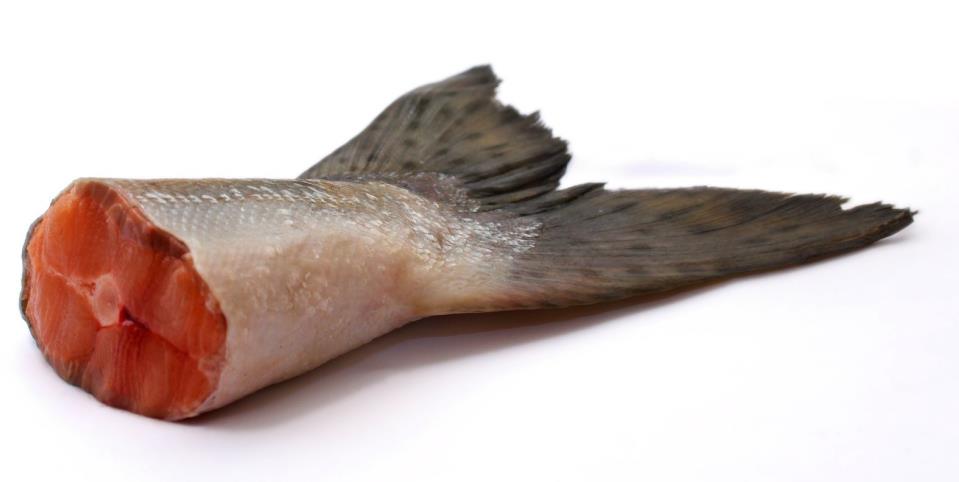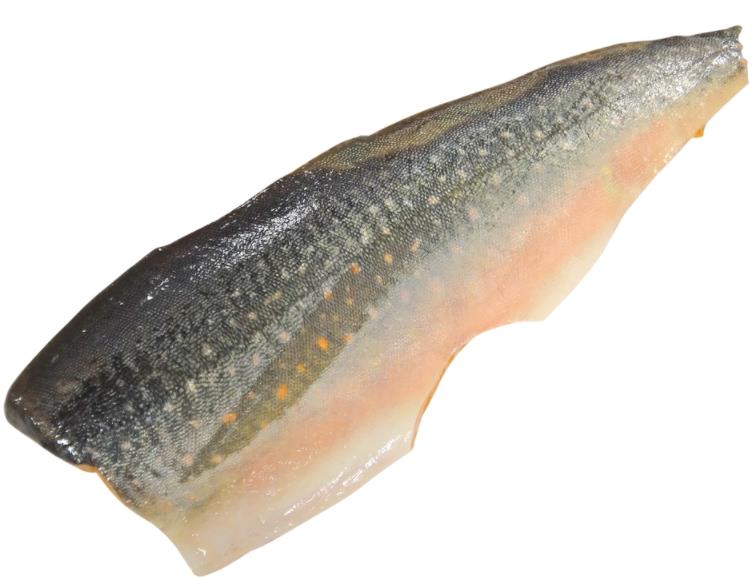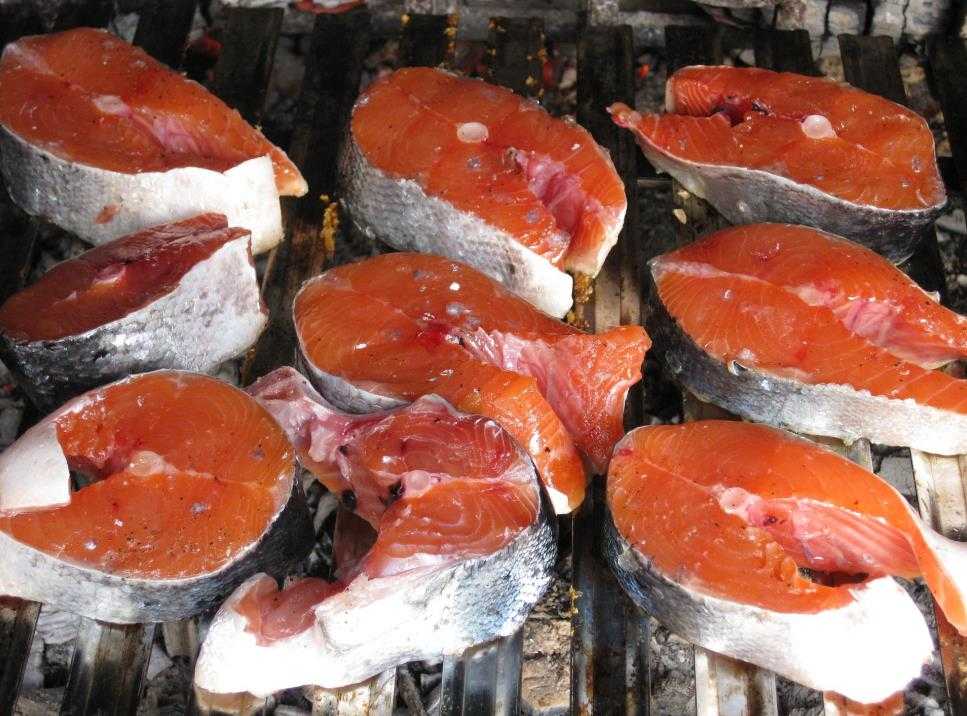Fish is popular among health-conscious eaters because it’s a rich source of protein and omega-3 fatty acids. It also contains certain vitamins and minerals, like selenium, phosphorus, and vitamin B12. When choosing fish, it’s indispensable to consider not just the type of fish. Perfecting your recipe also requires giving some thought to the fish cut.
The most common fish cuts include filets, steaks, whole fish, loin, tail, butterfly fillet, and pocket cuts. Different fish cuts offer different textures, flavors, and cooking times. While some cuts are ideal for quick cooking methods like grilling, others are perfect when slow-cooked or braised. The type of fish and the cut you choose will ultimately depend on your personal preferences and the dish you’re trying to create.
Given all the different factors, it’s no wonder many home cooks feel overwhelmed when shopping for fish. To help you discern all the other options, we’ve put together a guide to different types of fish cuts.
Table of contents
What knives do you need for cutting a fish?
Understanding how to cut fish isn’t rocket science. But it requires that you have the right tools. The most requisite tool for cutting fish is, of course, a sharp knife. A sharp knife ensures clean cuts and minimizes the risk of injuries. It also makes the cutting process less strenuous and more enjoyable.
Below is an overview of the different types of knives you’ll need for cutting fish:
- Fillet knife: A fillet knife is a long, thin knife with a flexible blade. As the name suggests, it’s designed explicitly for filleting fish. The knife is flexible enough to maneuver around the bones and remove the skin without damaging the delicate flesh.
- Boning knife: A boning knife is similar to a fillet knife but has a stiffer blade. It’s ideal for removing bones from thicker cuts of fish like steaks and whole fish. Though not as flexible as a fillet knife, a boning knife can still maneuver around bones and tight spaces.
- Deba: A deba is a Japanese-style knife with a thick blade. It’s similar to a cleaver in that it’s heavy-duty and designed for chopping. But unlike a Chinese cleaver, a deba has a pointed tip ideal for removing the head and guts from a fish.
- Chef’s knife: A chef’s knife is a versatile all-purpose knife. When filleting fish, choose a chef’s knife that feels comfortable in your hand and is appropriate for the size of the fish.
Handpicked for you
True cutting power in the palm of your hand
Types of fish cutting styles
The different types of fish cuts will determine how you prepare your fish. Will you grill it, fry it, or bake it? Each method yields different results.
Here are the different types of fish cuts:
Loin

A loin is a thick, meaty cut that runs along the fish’s back. It’s similar to a steak in appearance and texture. The loin cut includes the tender flesh near the backbone and the fatty belly meat. It’s generally boneless and skinless, though there may be some small pin bones.
Loin cuts are mainly from large fish like tuna, swordfish, and halibut. While you can cook the loin whole, it’s often cut into steaks or slices. The thick cut is best suited for grilling, baking, or broiling. It can also be pan-fried, but make sure not to overcook it as the flesh can become dry.
Because the loin is such a high-quality cut, it’s usually one of the more expensive fish cuts. Trimming the loin into thick, uniform pieces is a skilled task that takes practice. As a result, you’re likely to pay more for professionally prepared loin cuts.
Tail

The tail is the fleshy back end of the fish closest to the tail. It’s a thick, meaty cut that tapers down to a point. Although not as popular as other cuts, the tail can be a delicious and nutritious option. Most people overlook the tail cut because it doesn’t have the same firm texture as other cuts. However, when cooked properly, the tail can be just as tender and juicy.
Seasoned and roasted tail cuts make a great appetizer or main course. You can also grill, fry, or bake tail cuts. The size and shape of the tail cut will vary depending on the type of fish. Some common fish that come as tail cuts include salmon, tuna, and tilapia.
Fillet

The word “fillet” in French is “filet,” meaning “string or thread.” As the name suggests, a fillet is a long, thin fish strip with no specific shape or size. It’s cut parallel to the fish’s backbone, removing the skin, and usually includes the tender flesh closest to the bone. The cut is in its most natural form and requires no further trimming.
While most fillet cuts are boneless, it’s still possible to find tiny pin bones in the flesh. You can remove these bones by running your fingers along the fillet or using a pair of tweezers. Fish fillets are some of the most popular cuts as they’re easy to cook. The cut is versatile and can be baked, grilled, poached, roasted, or fried.
Steak

A fish steak is a thick, meaty cut similar to a beef steak. It’s a cross-section cut of the fish that runs along the length of the body, perpendicular to the spine. Steaks often include the backbone and are cut boneless or with some bones. The standard steak thickness is about an inch, but they can be cut thinner or thicker.
Some of the most popular fish for steak include tuna, swordfish, salmon, and halibut. Before cooking the steak, it’s important to scale and remove the skin. However, you can cook salmon steaks with the skin still intact. Because of the thick cut, the best way to cook fish steaks is by grilling, baking, or broiling.
You can also pan-dress and fry fish steaks, but it’s important to use high-quality oil and not overcrowd the pan. When pan-frying or baking, seal the steak on both sides of the fish before cooking it through.
Butterfly fillet

A butterfly fillet can either be boneless or with the bones still attached. As the name suggests, it’s a fillet that’s been cut open and spread out to form the shape of a butterfly. The cut begins with a filet, slicing one side of the fish from behind the fish’s head, then cutting along the length of the fish and tapering towards the tail to open it up like a book.
Repeating the process on the fish’s other side will leave you with a connected butterfly fillet. You can then remove the bones if desired. This cut is popular for fish that have large, meaty filets like salmon and halibut. It’s a good choice for grilling, baking, or pan-frying.
Whole fish
As you might have guessed, a whole fish is simply the entire fish scaled, gutted, and ready to cook. You can buy whole fish either with the head on or off. Some will have the viscera (internal organs) and gills removed, while others will not. You can stuff gutted whole fish with herbs and vegetables before cooking or cook them as is.
Pocket cut
Fish like tuna and swordfish have a large loin, making them ideal for a pocket cut. The pocket cut is similar to a butterfly fillet, but instead of cutting all the way through the fish, you leave the two halves connected at the backbone. This cut forms a pocket that you can stuff with herbs, vegetables, or other ingredients before cooking.
Closing
Fish comes in many varied shapes and sizes, so there’s no one-size-fits-all answer to cuts. When choosing a cut, consider the type of fish and the desired cooking method. From the above article, you should be able to understand the different kinds of fish cuts and how to use them. So next time you’re at the seafood counter, don’t be afraid to ask for a specific cut.
Take a minute to check out our HDMD blog for more kitchen tips and tricks. Visit our store for an exciting collection of kitchen knives and other kitchen accessories.












